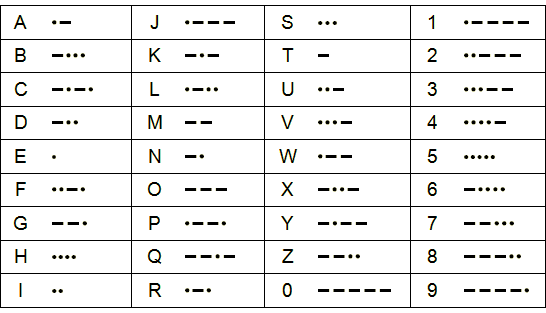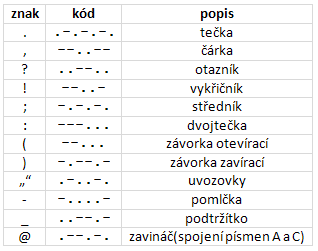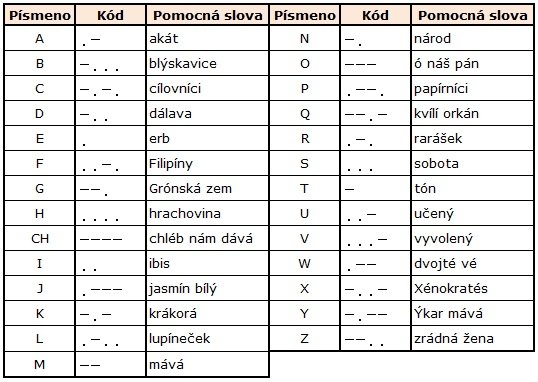Long before mobile phones, even long before regular telephones, people used Morse code to communicate quickly. Although this technology is over 160 years old, it is still used by radio amateurs and sometimes in shipping transport. If you were a boy scout, you may have worked with Morse code. As Morse code can be potentially useful and practices your memory, at the end of the article, we will see how to learn it easily.
History
Morse code was invented by a man named Samuel F. B. Morse in the 1930s. In particular, he started his work on the electric telegraph in 1832, he developed the system in 1844 and patented the entire technology in 1849. The code developed by Morse for his system has changed several times over the years. Originally, Morse code only transmitted numbers that had to be transformed into words using a codebook. However, this proved to be unnecessarily slow and difficult. Therefore, letters and punctuations were soon included in the code.
In 1844, Morse presented his small device to US Congress. The first public report was sent on 24 May 1844. It said: "What hath God Wrought"
The original telegraphic system had a small apparatus at the reception end, producing small marks. The short marks were called (and are still called) dots and long marks are dashes. As telegraph users were becoming more experienced, they stopped using paper and solved the code by hearing. Famous American magnate Andrew Carnegie (we will look at him in a separate article) worked as a telegraph operator when he was young, being different, he translated telegrams only by sound.
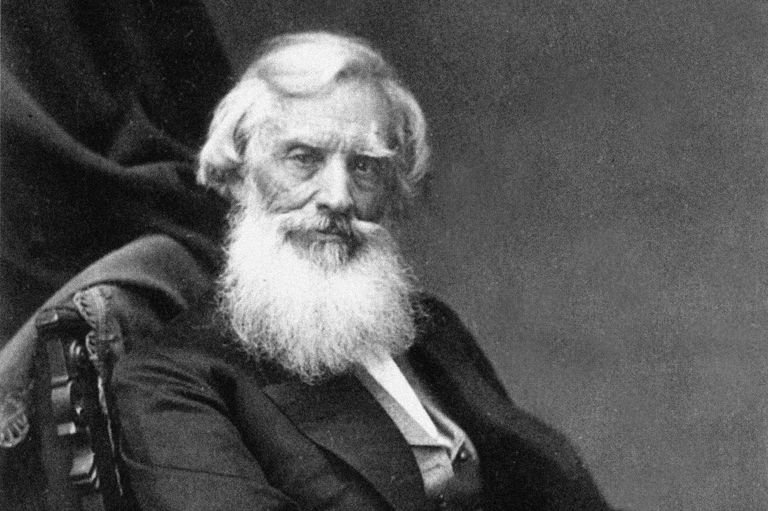
Samuel F. B. Morse
Only ten years after the first telegram, America was already criss-crossed by 37,000 km of telegraph lines. Telegraph as such had a major impact on the development in the West of America. Railway companies used telegraph to communicate between stations and telegraphing companies were sprouting like mushrooms.
During this period, however, Europe was not so far behind and developed its own system of Morse code which was later named as the Continental code.
In the 1990s, the radio was invented, and Morse code began to be used for sending messages at sea. The increasing coverage of the radio enabled better international communication, which raised the need to standardise the whole code. In 1912, therefore, international Morse code started to work for all international communications. In the meantime, the original versions basically ceased to exist, and only a few enthusiasts keep them alive to date.
Morse code became extremely important both for trade at sea and air transport. Pilots even had to master Morse code to pass tests until the 1990s.
How to learn Morse code
Learning Morse code is similar to learning any language. You must practice, practice and practice. To make it easier, we have a few aids for you to make you an expert telegraph operator over time. Who knows? Perhaps, you will need it in your life.
Learn the whole code
The first thing you need to do is gradually become familiar with the whole code. Below you will find what the whole code actually looks like.
Listen to Morse code
If you really want to learn Morse code, you cannot avoid listening. There is no problem finding audio tracks on the Internet, whether the sounds of individual letters or the whole texts in Morse code. If you like using a smartphone to learn, you will certainly find applications to help you.
Take advantage of aids
In learning, you can also be assisted by popular mnemonics which use words that make the entire memorising easier. There are a number of supporting words for the code letters, and below you will find, in addition to the traditional ones, an “alcoholic” one which should work as well.
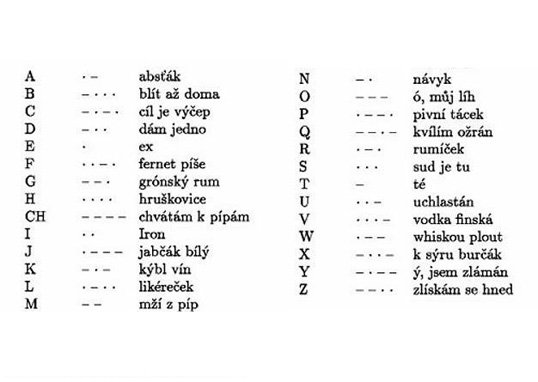
Alkoholická pomocná slova
And finally, a couple of helpful tips
If you remember how many characters form a certain group of letters, it will be easier to identify the individual letters in the message.
T, E = one character
A, I, M, N = two characters
D, G, K, O, R, S, U, W = three characters
B, C, F, H, J, L, P, Q, V, X, Y, Z = four characters
Some letters in Morse code are also recorded backwards. For example, "a" is entered as "._", while "n" is "_ .".
To avoid having to look for, here you have a list of letters that are written in reverse:
a - n
d - u
g - w
b - v
g - l
q - y
We understand that you may never use Morse code in your life, but learning it can serve as an excellent brain training aid, there is never enough of learning...



